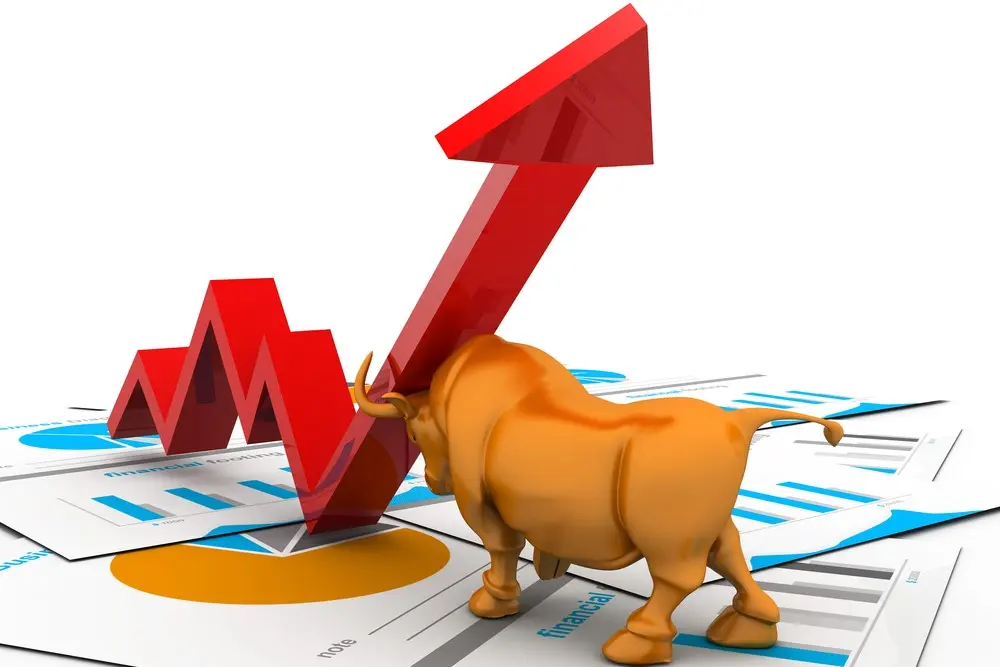How to define a bull market?

How to define a bull market? ChatGPT A bull market is a term used to describe a period when the stock market or a particular asset class is experiencing rising prices and overall optimism. It’s characterized by sustained increases in stock prices, typically accompanied by strong economic indicators and investor confidence. Here’s a breakdown of what defines a bull market:
A bull market is a term used to describe a period when the stock market or a particular asset class is experiencing rising prices and overall optimism. It’s characterized by sustained increases in stock prices, typically accompanied by strong economic indicators and investor confidence. Here’s a breakdown of what defines a bull market:
1. Rising Prices
- Sustained Increase: In a bull market, stock prices or market indices show a consistent upward trend. This increase is usually measured over months or even years, reflecting a broad-based rise in market values.
- Percentage Gain: A common benchmark for identifying a bull market is a rise of 20% or more from recent lows. This percentage gain signifies a significant and sustained increase in market prices.
2. Positive Economic Indicators
- Economic Growth: Bull markets often coincide with periods of economic expansion. Indicators like rising GDP, low unemployment, and increasing consumer spending contribute to a positive economic environment.
- Corporate Earnings: Companies typically report strong earnings growth during a bull market. Higher profits and robust financial performance boost investor confidence and drive stock prices higher.
3. Investor Confidence
- Optimism: In a bull market, investor sentiment is generally positive. Confidence in the economy and financial markets leads to increased buying activity, driving prices up.
- Increased Investment: Higher levels of investment and trading activity are common as investors feel more secure and enthusiastic about future returns.
4. Market Trends
- Long-Term Uptrend: Bull markets are marked by a long-term upward trend in stock prices. While there may be short-term fluctuations, the overall direction remains positive.
- Sector Strength: Various sectors of the economy often show strength during a bull market, with multiple industries experiencing growth and outperforming the broader market.
5. Low Volatility
- Stable Prices: Bull markets are generally characterized by lower volatility, meaning that stock prices fluctuate less dramatically. The stability in prices reflects investor confidence and reduced uncertainty.
- Gradual Growth: The growth in a bull market is often gradual and steady, rather than erratic or volatile. This consistent increase helps reinforce positive investor sentiment.
Examples of Bull Markets
- Historical Bull Markets: The longest and most notable bull markets in history include the periods following World War II and the long expansion from the 2008 financial crisis to the COVID-19 pandemic. During these times, the market experienced sustained growth and strong economic performance.
- Sector-Specific Bull Markets: Sometimes, bull markets occur in specific sectors rather than the entire market. For example, the tech sector has seen bull markets driven by innovations and technological advancements.
Why It Matters
- Investment Opportunities: Bull markets provide opportunities for investors to profit from rising stock prices. Savvy investors can benefit from capital gains as stock values increase.
- Economic Health: A bull market often reflects a healthy and growing economy. It can lead to higher consumer confidence, increased spending, and overall economic prosperity.
- Market Sentiment: Understanding bull markets helps investors and analysts gauge market sentiment and make informed investment decisions. Recognizing the signs of a bull market can guide strategic investment planning.
In summary, a bull market is characterized by rising stock prices, positive economic indicators, high investor confidence, and lower volatility. It represents a period of growth and optimism in the financial markets, often providing investment opportunities and reflecting broader economic health.